Microservices & Containers
Overview
In the age of Digital Transformation, customers have become more and more reliant on web and app-based activities. All the while, businesses are shifting to faster and more advanced technologies to stay relevant and to service the shift in market. Moving away from Monolithic architecture based systems towards Microservices and Containers has proven to be the best and most efficient way to keep up with the shifting market and to always stay on top of things.
But let’s not get ahead of ourselves.
What are Microservices?
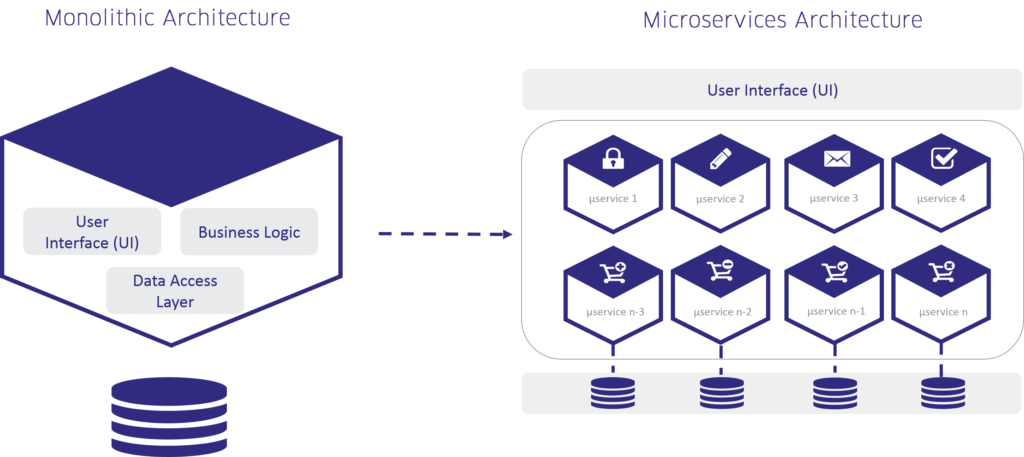
Microservices Architecture is a software development approach where the software application is modular and created through independent components. Each of those components is built, tested, deployed and operates totally independently of the other components.
“An approach to developing a single application as a suite of small services, each running in its own process and communicating with lightweight mechanisms, often an HTTP resource API. “ – James Lewis and Martin Fowler (2014)
What are Containers?
Since microservices are self-contained, independent application units, with each fulfilling only one specific business function, they can be considered small applications in their own right. What would happen if you created a dozen microservices for your app? What if you decided to build several microservices with different technology stacks? Your team would soon be in trouble as developers have to manage even more environments than they would normally do with a traditional monolithic application. There’s a solution though: use containers to encapsulate each microservice.
Containers are lightweight, standalone, executable packages of software that include everything needed to run an application, but use the underlying operating system from the host the container resides on.
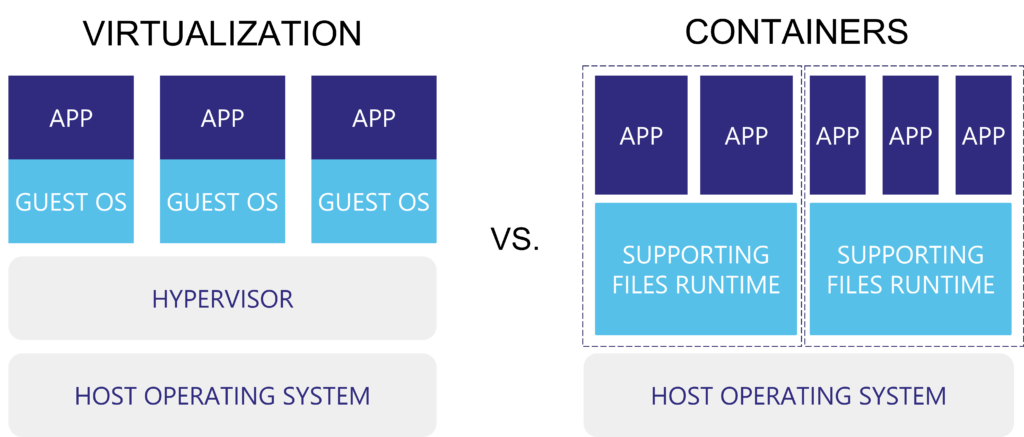
Microservices over Red Hat OpenShift
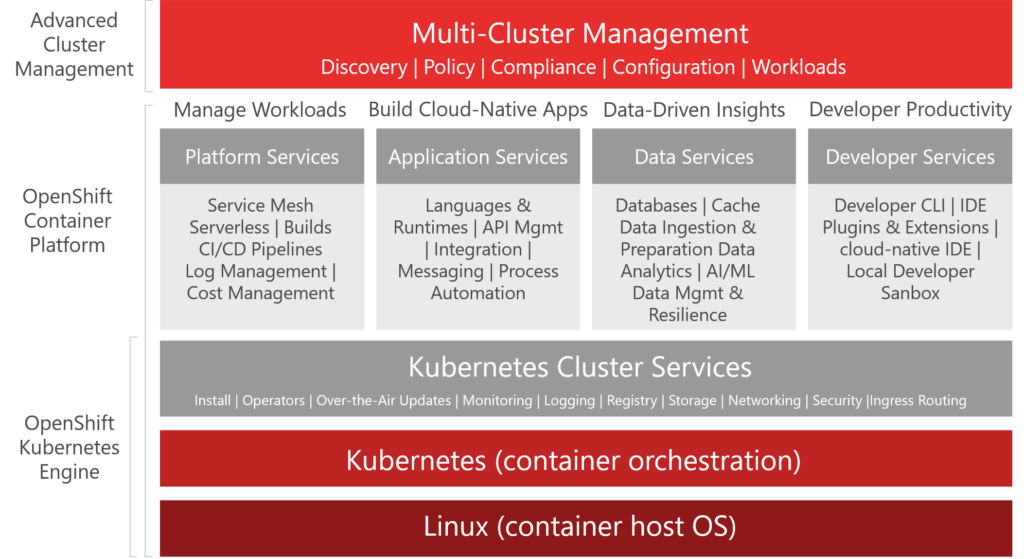
Red Hat OpenShift is the industry’s most secure and comprehensive enterprise-grade container platform based on industry standards, Docker and Kubernetes. The platform helps enterprises build applications faster, deliver and scale across hybrid cloud environments using microservices and containers.
It is the Kubernetes platform that provides a trusted foundation for the on-premises, hybrid, and multi-cloud deployments. With automated operations and streamlined lifecycle management, OpenShift empowers development teams to build and deploy new applications and helps operations teams provision, manage and scale a Kubernetes platform
With Microservices and Containers in full launch, banks worldwide have made extensive strides towards more customer-centric profiles and have had an immense 531% ROI over a 5-year period. Some of banks being Emirates NBD, Deutsche Bank, Macquarie Bank and many more. In 2020 Export Development Bank of Egypt(EBE) has joined the impressive roster of banks and moved from Monolithic architecture towards the modernized Microservices and Containers using the latest technologies and services provided through Red Hat Openshift and Sumerge.
Featured eBook
Leading The Digital Banking Era with Microservices
5 Use Cases for Microservices Architecture in Banking
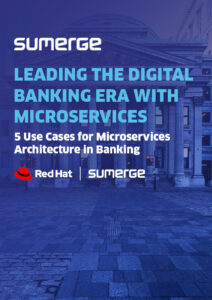
This eBook, brought to you by Sumerge and Red Hat team, brings unique approaches for financial institutions to lead the digital banking era with microservices.
Microservices Consultation
Book Your Free Session
Transform your IT Development and Operations with Sumerge and Red Hat OpenShift
Sumerge team and partner platforms use new-age technologies that include platform-as-a-service (Paas), microservices, and serverless architectures to provide software transformation solutions to enhance your ROI. We create a comprehensive business case and define the microservices transformation roadmap and operating model. Then we build cloud native applications. Our team will re-architect and re-design monolithic applications with microservices, build and test services, perform platform migrations, and build your DevOps culture and environment.
Microservices & the Telecom Industry
Latest Blog
Check-out our latest blog. In this 3 minutes read, you will learn about how the Telecom industry is taking Digital Transformation head on through Microservices Architecture.
Click the button below to read.
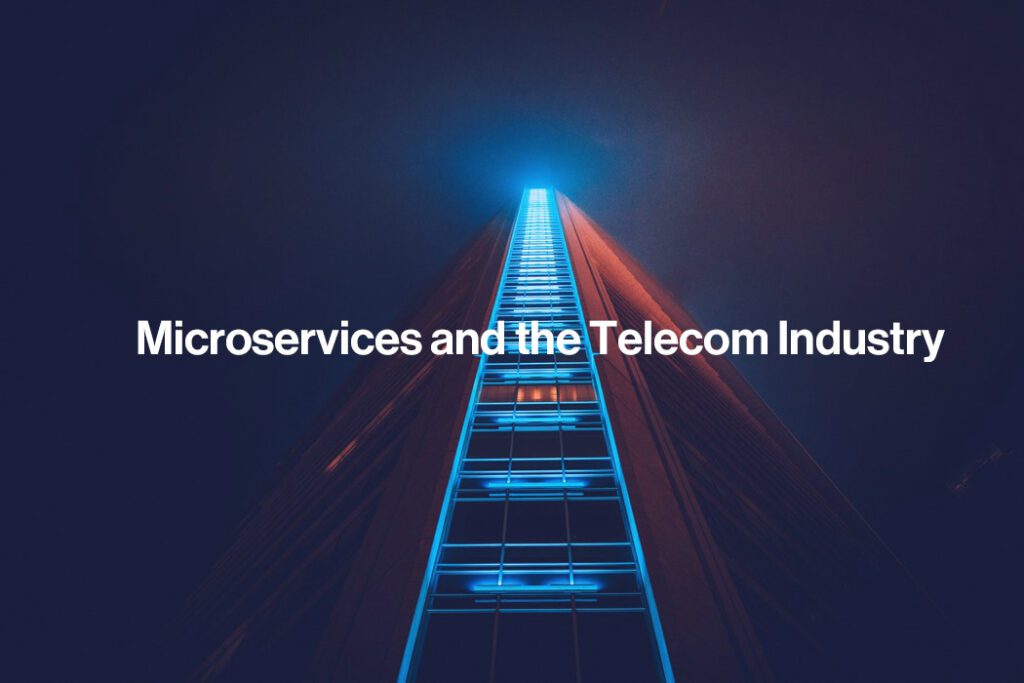
You May Also Be Interested In

Why should you adopt Red Hat OpenShift for Microservices?
- Posted by Adham Jan
- On September 14, 2021
In the age of Modernization and Digitization the move away from Monolithic Architecture has been well underway, with exponentially increasing adoption worldwide...

Microservices Adoption – Key for Banks’ Survival
- Posted by Adham Jan
- On May 27, 2021
With the strategic objective of banks being to deliver a unique customer experience, digital transformation has become a key topic in the...
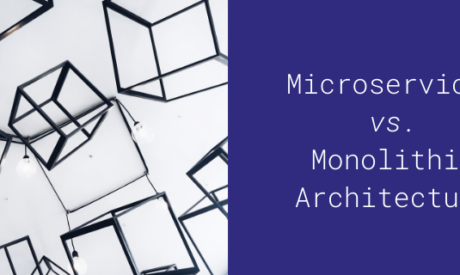
Microservices vs. Monolithic Architecture
- Posted by Adham Jan
- On November 16, 2020
When you hear the term “Microservices,” you often hear it in conjunction with the word “Monolithic,” when talking about software design. You...


